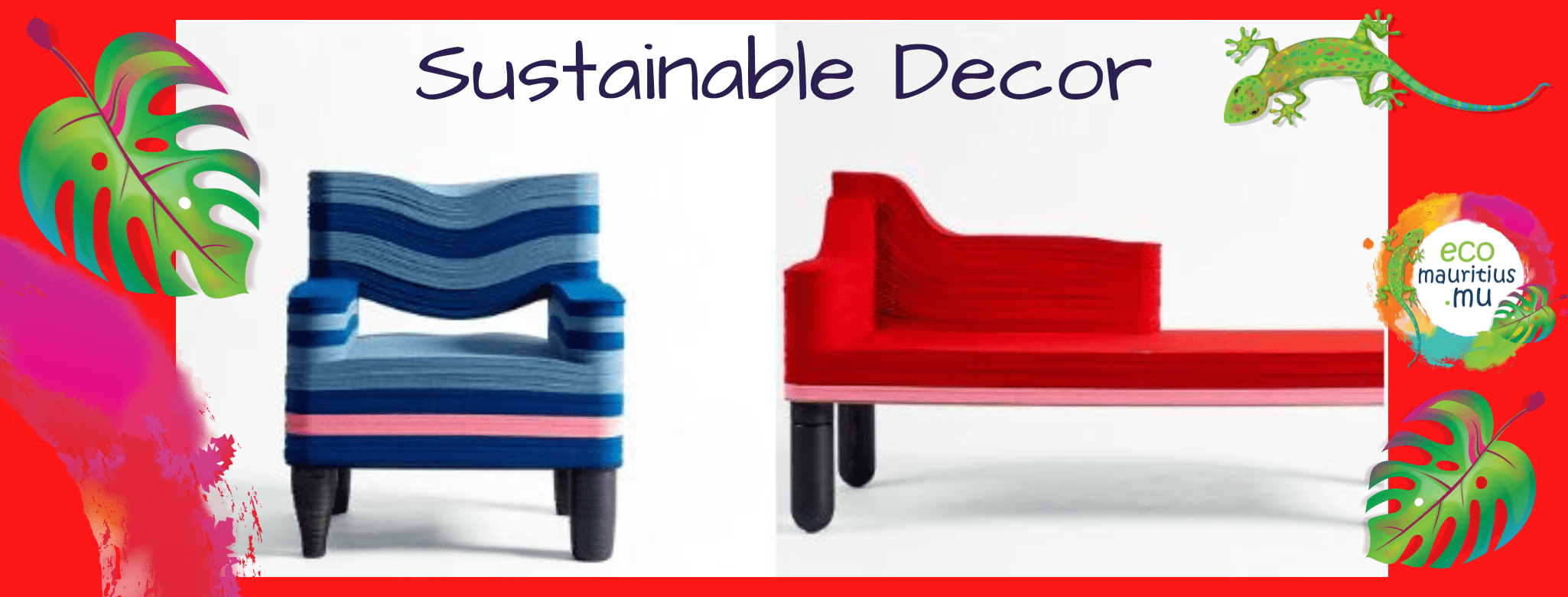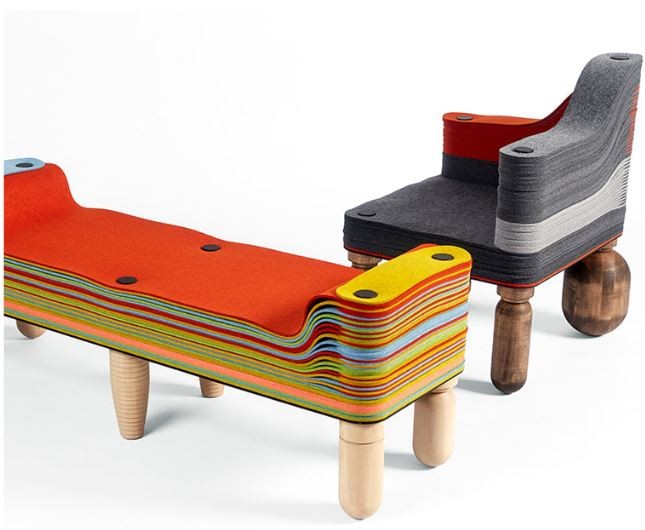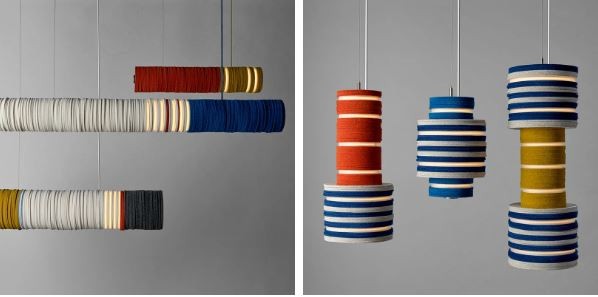
Producing consumer goods, especially involving textiles, is often a wasteful process thanks to the unusable bits and pieces leftover after cutting the needed shapes from fabric.
One Canadian multidisciplinary design studio, Stacklab, is aiming to change the way that brands use manufacturing waste by turning it into design-forward home furnishings that are both stylish and sustainable with its Stackabl line of customizable pieces.
“[It] starts with a clear understanding of our role as designers,” said Jeff Forrest, founder of Stacklab. “If we set out to genuinely solve a problem, or even approach one critically, I think the topic of sustainability will come up quite naturally.
“Stackabl fits into this idea because we’re trying our best to be critical,” he said. “I think it’s important because, well, the world has lots of problems and we need to embrace a culture of design and critical thinking if we want to thrive.”
Waste not …
Based in Toronto at Stacklab, the furnishings line launched in 2021 as the culmination of an idea to “turn waste into wonders” with tech-informed design.
Stackabl’s configurator uses algorithms and robotics to identify remnants of wool felt, metal and wood at regional manufacturing facilities, pulling the needed materials to make a chair or light fixture customized by consumers on its site.
“We continue to draw inspiration from material re-use, regional manufacturing partnerships and product efficiency,” Mr. Forrest said.
“I think our focus on efficiency has led us quite naturally in the last few years to explore software,” he said. “Computation unlocks a new level of speed, automation and complexity.”

Stackabl keeps a database of scrap inventory from its local partner manufacturers and codes rules to optimize the yield of those materials.
When consumers begin designing their own pieces, the system automatically chooses which manufacturer to get the correct materials from before Stackabl crafts the item.
“We built the first batch of products around felted wool, post-consumer scrap aluminum, PET and wood because we had familiarity with those materials and an existing relationship with manufacturers,” Mr. Forrest said.
“Going forward, we hope to launch more products that use different materials and loop in more manufacturers,” he said.
Stackabl hopes to add to its product line by partnering with more manufacturers that have an inventory of a wider variety of leftover materials and eventually removing itself from the manufacturing process to focus on the tech side.
“Where we find material, how we process it, who processes it, how we transport it, how we increase local capacities, how we improve the purchasing experience for the modern consumer – this is where the real opportunities are,” Mr. Forrest said of building a more sustainable future.
… Want not
Consumers can build their own Stackabl furniture online, choosing from 10 styles including dining chairs, a club chair, stool and chaise, and customizing everything from seat thickness to multiple fabric colors and leg shape and color.
“Too many decisions can be overwhelming or too time consuming to most people, so we have set up a system for users to make a handful of simple decisions that ultimately yields something they can call their own,” Mr. Forrest said.

To showcase what its system is capable of, Stackabl partnered with New York furniture gallery Maison Gerard to work with six designers, who each created a piece using the system’s standard parameters.
“The six designers behind our 2021 furniture collection were incredibly supportive of the project and generous with their time,” Mr. Forrest said.
“It was a career highlight of mine to work with each of them,” he said. “They each brought incredibly rich narratives and intentions to the work.”
Stackabl also offers LED-and-felt lighting fixtures in a range of sizes and shapes, taking advantage of even smaller, less usable material remnants and a lower manufacturing and shipping cost for the consumer.
The lighting line now has two designer collections – one in partnership with Maison Gerard designers, and another inspired by art deco and Miami Beach in partnership with Mindy Solomon Gallery in Miami.
No matter what Stackabl items inspire consumers, they end up with colorful, layered, one-of-a-kind pieces that are a lesson in creative sustainability.
“I think in this era it is impossible to approach furniture and lighting, or really any physical product for that matter, purely as an experiment in form or function,” Mr. Forrest said.
“With the digital tools now at our disposal, we have the opportunity as designers to tackle bigger, more complex problems,” he said.
By LISA KLEIN
Luxury Portfolio International







